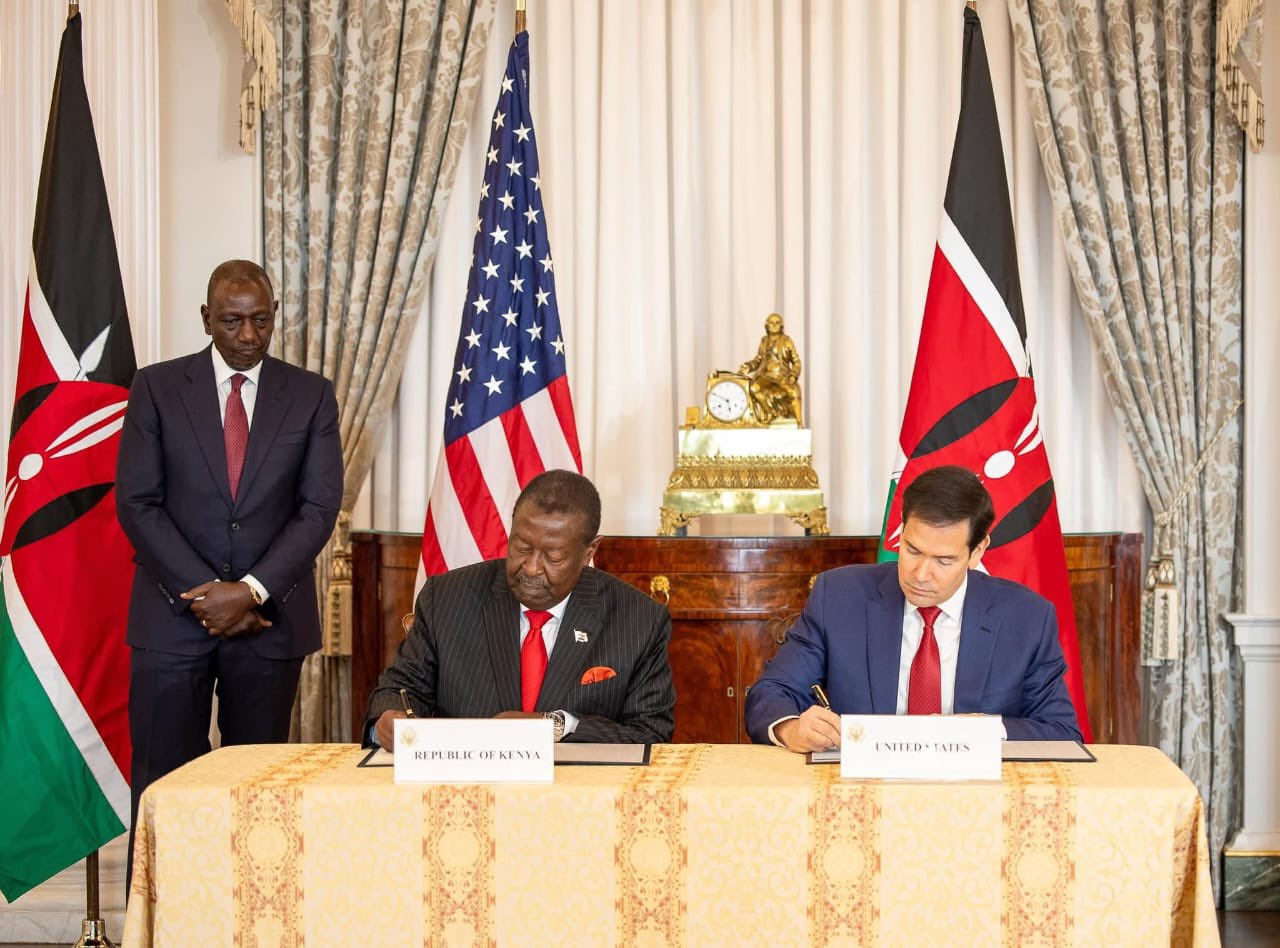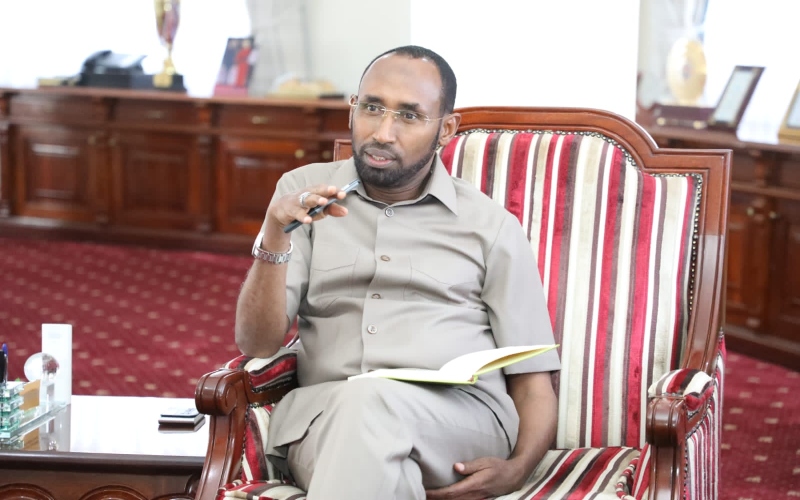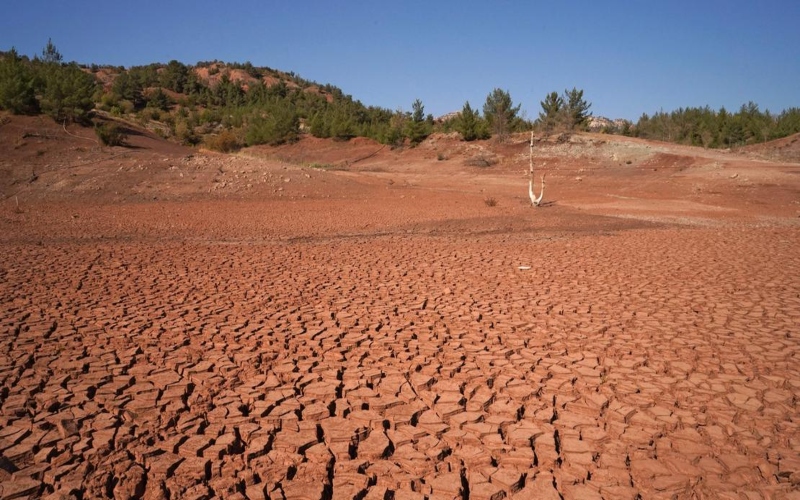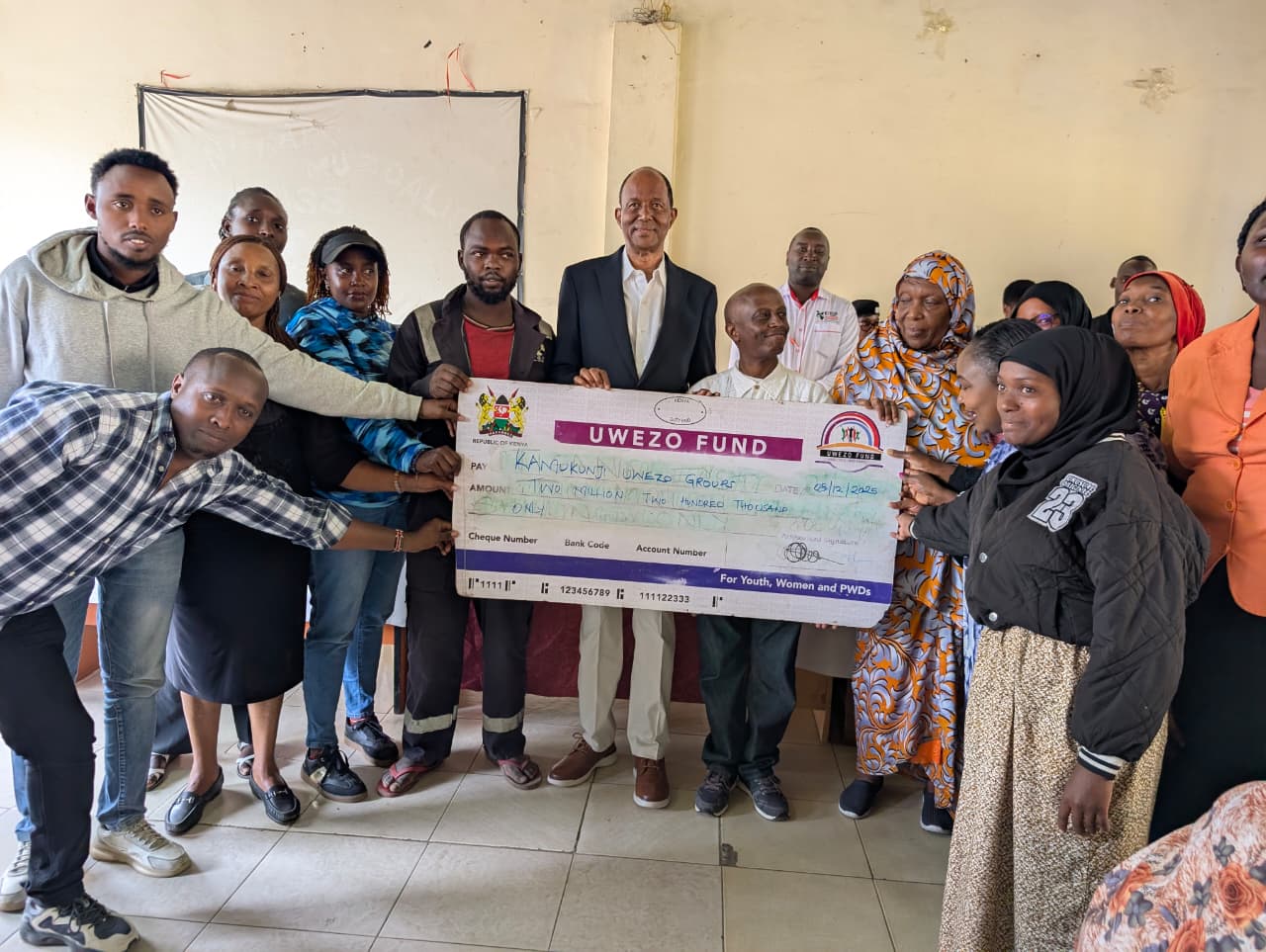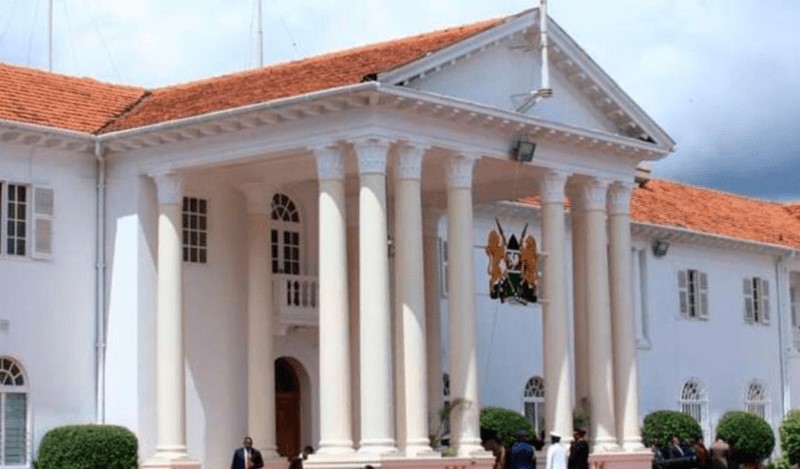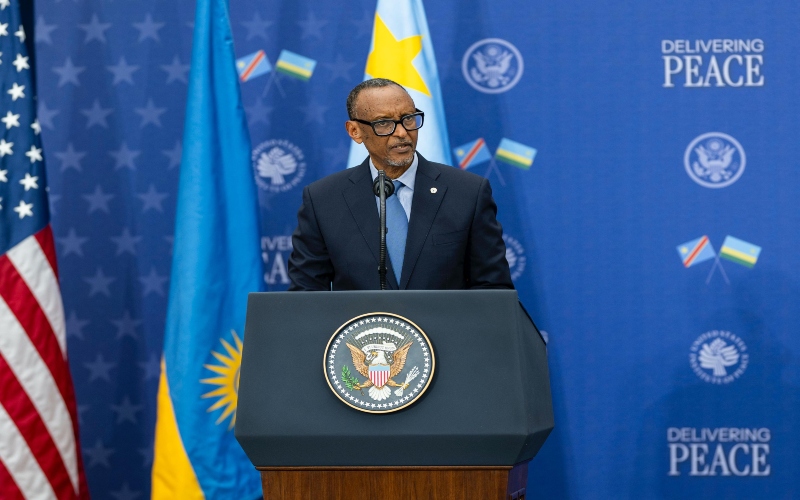Stoppage of USAID funding threatens to ruin agriculture programmes in Kenya
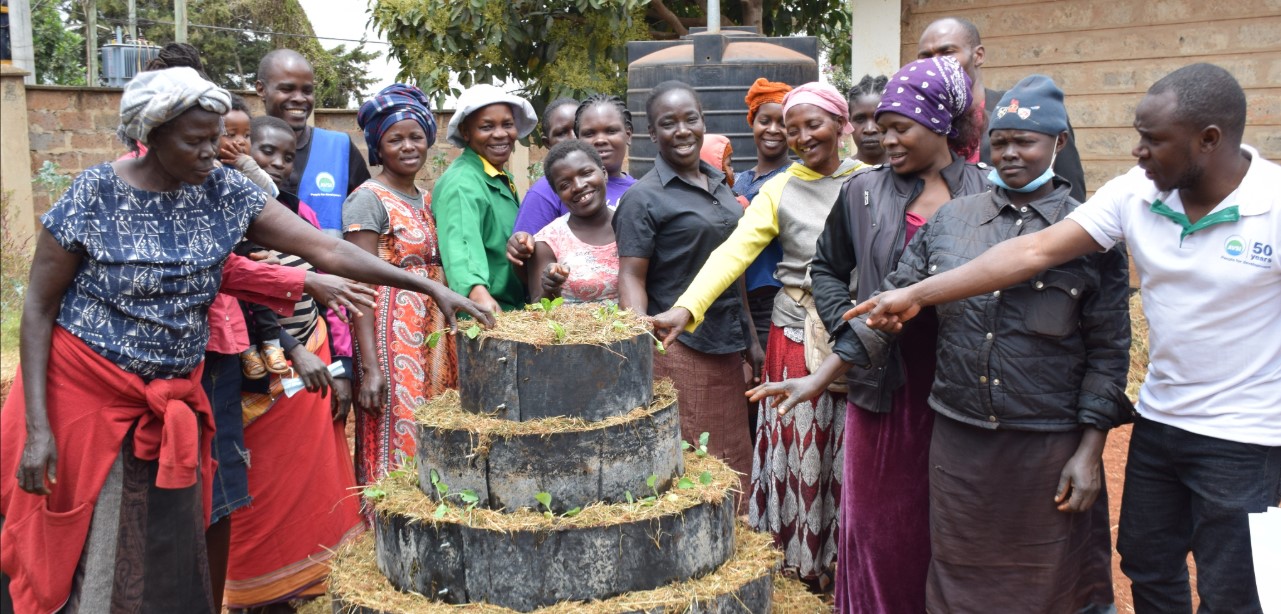
Approximately 27 counties are scrambling to save agriculture programmes as USAID funding ends, a move that threatens to disrupt farming projects just weeks before the main planting season.
The shutdown comes at a critical time when Kenyan farmers are preparing their fields for the long rains, raising fears that food security and agricultural development could be severely impacted.
More To Read
- CS Kagwe announces policy overhaul for sugar, tea and miraa to protect farmers’ earnings
- Factory farming in Africa: Development banks see it as a good idea, but it’s bad for the climate
- AU calls for rapid tech adoption in farming to shield continent from food crises
- CS Kagwe urges bold reforms in agriculture sector as Intergovernmental Agriculture Forum opens in Naivasha
- Kenya wants China to remove tariffs on coffee, tea, avocados as trade imbalance persists
- City Hall moves to recognise urban farmers in policy review
The funding freeze affects billions of shillings’ worth of projects that have been key in boosting productivity, improving market access, and enhancing resilience to climate change.
In Makueni County, where 47 per cent of households experience food insecurity, USAID had recently launched an ambitious food systems project expected to run until 2029.
Implemented by TechnoServe, the initiative focused on improving nutrition, strengthening farmer resilience, and increasing small-scale trade profits.
In the Western region, which includes Bungoma, Busia, Vihiga, and Kakamega counties, USAID’s Feed the Future initiative had significantly improved farming practices.
Increased farm yields
Bungoma County, in particular, had benefited from increased farm yields, better market access, and improved climate adaptation measures.
“We have seen remarkable progress in our dairy and maize value chains,” a Bungoma County official said.
“The abrupt suspension of these programmes by the Donald Trump administration in the United States could reverse years of gains.”
The impact is also being felt in the eastern region, where Meru, Tharaka Nithi, Machakos, Makueni, Kitui, and Taita Taveta counties have received targeted support through the Kenya Agricultural Value Chain Enterprises project.
The initiative has been instrumental in strengthening the dairy, maize, and horticulture sectors, but with the funding cut, the future of these efforts remains uncertain.
The Kenya Crops and Dairy Market Systems project, which operates in multiple counties, has played a crucial role in improving horticulture and dairy market systems. Similarly, the Strengthening Agricultural Water Innovations (STAWI) project has been essential in enhancing water management for farming, particularly in drought-prone areas.
These projects now face potential disruption, putting livelihoods and food production at risk.
Substantial contribution
USAID’s financial contribution to Kenya’s agriculture sector has been substantial. In 2018 alone, its Feed the Future programme supported 42,000 small and medium enterprises and farmers, facilitating loans worth $4.3 million (Sh567.6 million) and generating nearly $1 million (Sh132 million) in private sector investment.
The agency’s overall agricultural support in Kenya is estimated at more than $1 billion. However, with the impending shutdown, this critical financial support is now uncertain.
The effects of the funding freeze extend beyond farming. USAID’s approach integrates essential water and sanitation projects that complement agriculture. In 2018, these projects enabled 472,000 Kenyans to access clean drinking water and provided improved sanitation for 388,000 people.
In the high-rainfall areas of Western Kenya, including Bomet, Trans Nzoia, Elgeyo Marakwet, and Uasin Gishu counties, USAID’s support has been significant in boosting staple crop production and dairy farming.
Farmers in these regions have benefited from access to certified seeds, fertiliser, and modern farming techniques. But without continued funding, these gains could be reversed.
Another major concern is the future of climate resilience programmes.
Changing weather patterns
USAID has been supporting communities in adapting to changing weather patterns, with five counties recently drafting action plans to attract funding for climate initiatives. However, with USAID pulling out, these plans may struggle to materialise.
“While some programmes may continue through local partners, the absence of USAID oversight and technical support could affect effectiveness,” a source told Nation.
According to USAID’s announcement, only personnel responsible for “mission-critical functions” will remain active, with plans to terminate many personal service contracts (PSC) and institutional support contracts (ISC).
This places newer projects, such as the recently launched Feed the Future initiative in Makueni County, in jeopardy.
Makueni Governor Mutula Kilonzo Jr, who had welcomed the partnership, now faces the challenge of finding alternative support, including for the STAWI water project.
Vulnerability
The situation highlights the vulnerability of Kenya’s agriculture sector to external political decisions. With agriculture contributing 33 per cent to the country’s gross domestic product and supporting three-quarters of the population, the USAID shutdown could have far-reaching economic and food security consequences.
As county governments and local partners scramble to find alternative funding, the future of Kenya’s agricultural transformation remains uncertain.
On Friday, a US judge temporarily halted the Trump administration’s move to place thousands of employees from USAID on leave, allowing them to return to work.
The ruling by US District Judge Carl Nichols in Washington, who was appointed by Trump during his first term, partially grants a request from the country’s largest government workers’ union and an association of foreign service workers challenging the administration’s attempt to scale down the agency.
The court order, which remains in effect until February 14, prevents the administration from proceeding with plans to furlough approximately 2,200 USAID employees starting Saturday.
It also reinstated around 500 workers who had already been placed on leave.
Top Stories Today
